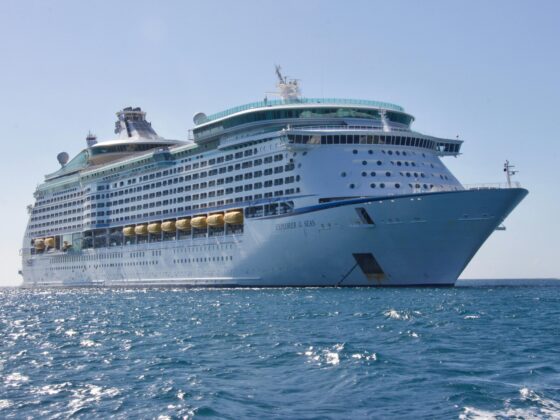The symbols and colours used with a country’s national flag reveals a wealth of information about that country’s heritage, culture and values, and here we take a look at ten national flags;
UK – The flag of the UK, aka the Union Jack, rather surprisingly only dates back to January 1801. The flag combines the crosses of the patron saints: St George (patron saint of England), St Patrick (patron saint of Ireland) and St Andrew (patron saint of Scotland). Wales was not actually part of the original flag.
USA – Most people know that the 50 white stars on the US flag represent the fifty states in America. But did you also know that the 13 stripes denote the original colonies? Hence the flag’s nickname ‘Stars and Stripes’. Americans are very proud of their flag and they tend to have flags out on display all year round, not just on Independence Day. Each American home tries to have Americas number 1 flagpole, so when driving down the streets in towns you’ll be greeted by hundreds.
China – The national flag of China was adopted in 1949 and the red background represents the Communist revolution. There are 5 stars also on the flag: the large star represents the Chinese people as a whole and the four smaller stars are said to represent the social classes.
France – The French Tricolour flag is based on a cockade, or rosette, that King Louis XVI wore to speak at a revolutionary meeting. Officially adopted in 1794, the red, white and blue colours were adopted into a simple, but instantly recognisable flag.
Vietnam – The red background on the Vietnamese national flag represents the blood lost during the war as Vietnam fought for independence. The yellow stars feature five points which represents the importance of socialism amongst the five key bodies of unions.
Italy – The Italian national flag, aka ‘il Tricolore’ features three equal sized panels of green, white and red and has been in use since 1946. The three different colours are somewhat open to interpretation as to their origins, with references made to both cultural and religious reasons. The colours could represent the verdant green landscape, the snow-topped Alps and the red blood that was spilt during the battle for independence. Or it could simply refer to the theological values of faith, hope and charity.
Malaysia – The Malaysian national flag features fourteen horizontal stripes in red and white that represent the 13 different member states and Kuala Lumpur which is a federal district. In the top left corner is a blue square which refers back to British rule and today is taken as a symbol of unity. There is also a crescent and star within the blue segment. After independence in 1957, the “Stripes of Glory” were adopted by the whole country, where previously separate states had had their own flags. And a little-known fact is that the current flag was borne out of a competition
Spain – The three striped Spanish flag is known as ‘la Rojigualda’ and features two thin red stripes and one central yellow stripe, which is twice the width of the yellow bands. It was only adopted in its current state in 1978 and features the country’s coast of arms on both sides of the flag.
Turkey – The red background with its striking white star and crescent make it instantly recognisable as the Turkish flag. In use since 1936, the traditional star and moon symbols hark back to ancient beliefs and today serves as the country’s insignia.
Germany – The three vertical stripes in black, red and gold has been used on the German flag since medieval times, although it wasn’t officially adopted until 1949. The colours are attributed to German freedom, unity and democracy.











